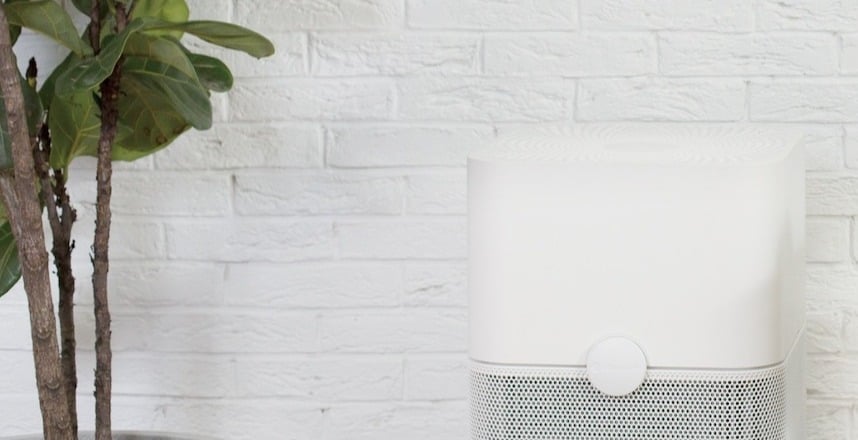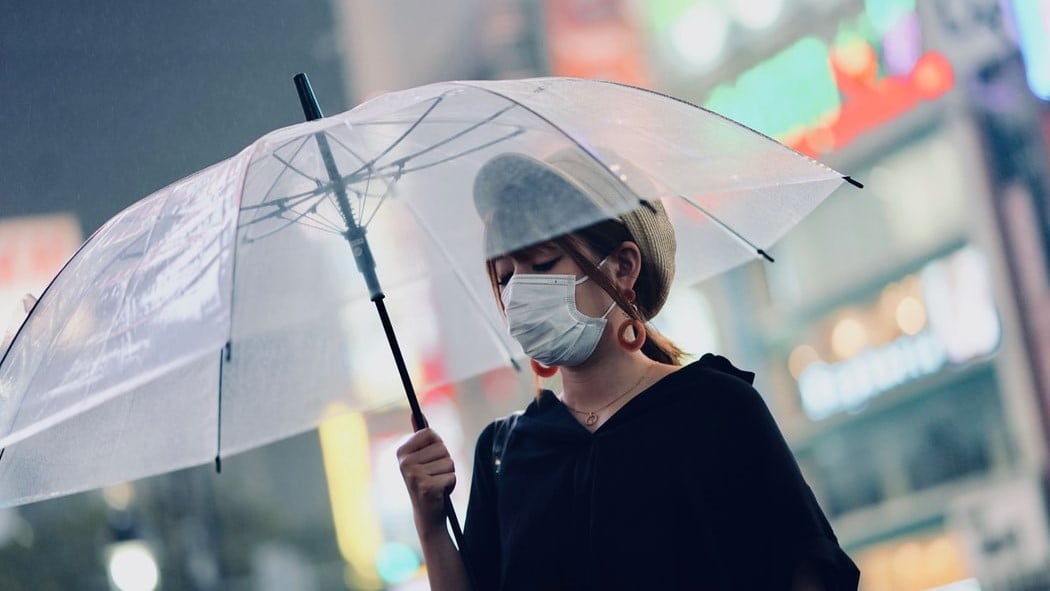Newsletter
Do you have a cold that just won’t go away? The reason for your coughing and wheezing could be linked to an allergic reaction from indoor pollutants.
Impure Air Can Trigger Allergies
Impure air in our homes is one of the main causes of allergies, especially in countries where rapid industrialization has propelled pollution levels. Biological air pollutants such as pollen, dust mites, animal dander, and mold can cause an immediate allergic reaction in sensitive individuals. These pollutants travel straight to our lungs and cause airway irritations that trigger allergic reactions.
Allergens in the home are very common. Anyone who suffers from them can tell you that it’s almost impossible to get rid of them entirely. Even spotless homes can be a breeding ground for allergy triggers. They like to live in dark, warm places. Bathrooms, damp basements, appliances (such as humidifiers and air conditioners), and carpets are prone to moisture and are known to cause breathing problems for people with sensitivities. Everyone’s sensitivity level is different and prolonged exposure can cause symptoms to worsen over time.
Sick Building Syndrome: Is It the Air or the Building?
Allergy triggers largely depend on a person’s immune system and the level of exposure they experience. When trying to determine what’s prompting an allergic reaction, it’s important to consider how our surrounding environment is impacting us. What’s often overlooked is that the buildings we spent time in could be contributing to the problem.
Sick building syndrome is a term used to describe health problems linked to spending time in a particular building. This can arise for a variety of reasons. Impure air, poor ventilation, indoor pollutants, and biological contaminants are all part of the equation. Symptoms of sick building syndrome can include headaches, runny nose, throat irritation, watering eyes, dry cough, dizziness, nausea, fatigue, difficulty concentrating, and a sensitivity to odors. If a building is heavily contaminated then allergic reactions will be immediate and severe.
Air Purification Can Improve Indoor Air Quality
What’s frustrating is that allergy triggers are inconsistent and arise at unlikely times. That said, there are small changes and habits you can make to help keep them under control. The first is to stay away from products that emit volatile organic compounds (VOCs) and opt to use natural products whenever possible. The second is to monitor the surrounding air quality in your home or building. The third is to install an air purifier.
Having an air purifier is an important step to drastically reduce pollution levels inside your home. The core of every purifier is the filter, as it traps airborne particles and prevents them from entering your lungs. If you're using an air purifier already, it's good practice to regularly check that it's working and see if the filters need to be changed.
You don’t have to let allergens and pollution control your life. With an air purifier, you’ll be able to mitigate hazards and ensure that breathing at home is comfortable for you and your loved ones. Look for tools and home appliances that help to filter contaminants and keep a watchful eye on the air quality.
Kaiterra provides air quality monitors and an IAQ analytics dashboard for healthy buildings and offices, helping workplace leaders and healthy building pioneers assess and improve their indoor air quality. Our indoor air quality monitors like the Sensedge and the Sensedge Mini can be found in many of the world’s most iconic buildings and workplaces, such as the Empire State Building and the Burj Khalifa.






.png?width=200&height=148&name=Menu%20C%20(2).png)

.png?width=307&height=228&name=Menu%20-%20D%20(1).png)
.png)




